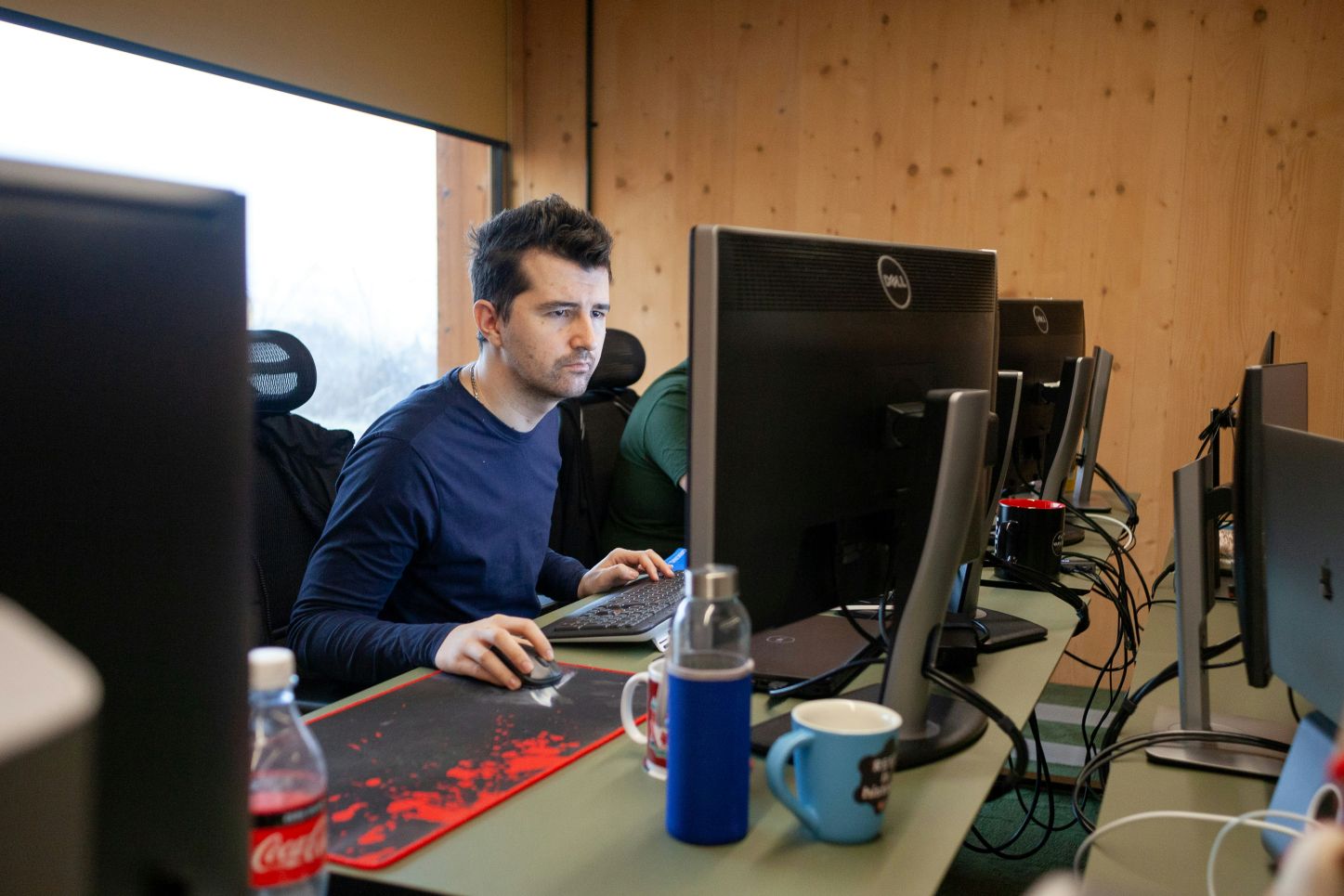The biggest barrier to organizational agility isn’t systems or processes—it’s the super-doer syndrome.
Every growing organization starts with super-doers who can handle anything. But what enables early growth eventually blocks scale. Strategic planning in an agile method means evolving from control to capability building.
The Super-Doer Evolution
Every team begins with a super-doer, and then they get some other super-doers. You end up with a CXO, who has his person in Bob, who has his buddy in Jackie, and they’ve attached themselves and they’ve got Nicole doing that. They’re sort of controlling the system for all the right reasons. However, that will fundamentally block growth.
It works to an extent, and it’s probably important as a stepping stone. But the more that you can start to reach out and involve others—and then deliberately look at what capabilities would need to be brought to bear to fulfill that job—that’s when you unlock agility.
The Communication Architecture Problem
The communication architecture in most organizations is a series of town halls with department meetings where it’s almost all “tell.” We need the interactive pieces, and that interaction is the only place where people internalize, deepen the meaning, and therefore start to understand more fully what might be required of them. This understanding is a prerequisite for aligned execution. Anything out of alignment is a cost and gives rise to waste.
Until I get into an internalized state, there’s no way in the world that I’m going to be able to bring it to life. And I own my job, and I own how I show up, and I own my deliverables, and I own my content. It’s my responsibility to say what I need to be successful—I have to bring that forth.
The Performance Assessment Shift
Performance assessment mechanisms are usually top-down, which doesn’t work. There’s got to be some clear outcomes—I know my job and how it fits, and I’ve internalized that, and I’m off to the races doing what I’m doing.
But then I need to be able to talk on a regular basis—whether it’s once a week, once a fortnight, or once a month—with the person I report to and go: “This is going really well, I’ve got momentum here, but I keep running into this. I need more detailed understanding or coaching on this.”
You want to activate the learning desire in the other party. It’s almost the opposite of what’s encouraged at most organizations today, where people want to please and demonstrate that all is sorted, perhaps “I’m perfect, I’ve got everything going, and everything’s fine” instead of “These are the areas I’m not fine, and I know that will give more to my capacity.”
The Four-Quadrant Leadership Model
When you are building capability, as the leader, I may well still be in charge of this because I have not set you up yet to be able to successfully execute a task- you don’t have the amount of experience or skill you need. But let’s make sure that this is not the end state. Let’s ensure you ignite a learning path for all those who report to you or depend on you for guidance. This will take regular touch-ins, role modeling, coaching and teaching to set you up for success.
As you do and learn and grow, you progress to a new state of capability. Increasingly, you will come back to me saying, “I think I can do this bit on my own.” So you are moving actively around that field of increasing capability and ownership.
The AI Implications
This is going to become even more important because of AI and how it affects roles and how you deploy your workforce. We underestimate what we need to do to set people up to be their very best. Having the idea that people should be the very best—that’s the role of a manager or leader. The most important role of the leader is to enable their team.
The Systems Activation Piece
To get an agile method going, there is the systems activation piece that needs to be thought through. There does need to be a common language. There does need to be a common ethos and understanding of what it means and how you’re going to keep it alive.
It just doesn’t happen by saying, “Oh, we’re now doing this.” And one of the traps of annual planning is where you might adopt something like agile strategic planning, and you just use the wording while nothing changes for the better and things feel clunky and then you basically end up going “Agile strategic planning doesn’t work, we’ve tried that.”
The Learning Mindset
Not a single model in any strategy, change management, culture, or whatever will be sufficient or comprehensive. But what can you pick and pull from each of these models and bodies of work? Pull all the good bits out, employ, and keep learning.
The Bottom Line
Strategic agility isn’t about moving fast—it’s about building an organization where the best thinking happens closest to the customer, where every person can adapt intelligently to changing conditions, and where capability building becomes everyone’s responsibility.
Are your super-doers building capability in others, or are they just solving problems themselves?
